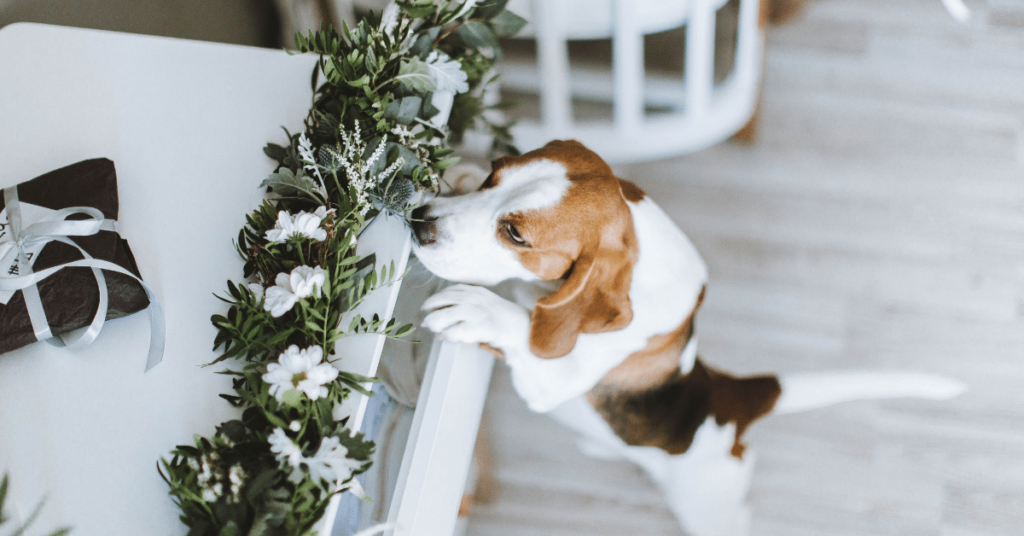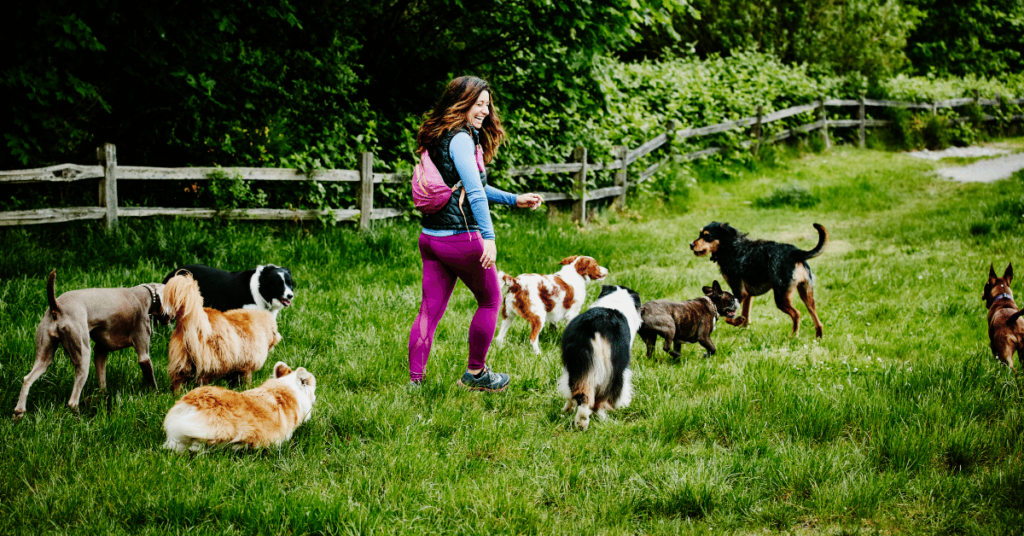The Importance of a Smooth Transition
Bringing a new pet into your home is an exciting time for both you and your new furry friend. However, it is crucial to ensure a smooth transition to make the adjustment period as stress-free as possible. Whether you are welcoming a dog, cat, or any other pet, following the right strategies can help set a positive tone for your pet’s future in your household.
Preparing Your Home
Before bringing your new pet home, it’s essential to make sure your house is ready to welcome them with open arms. Here are some key steps to consider:
1. Create a Safe Space
Pets, especially when they are introduced to an unfamiliar environment, often feel overwhelmed or anxious. By providing them with a designated safe space, such as a crate or a comfortable room, you can help ease their transition. Ensure that the area is free from potential hazards and has all the essentials, like food, water, and bedding.
2. Remove Unnecessary Hazards
Before your pet arrives, inspect your home for any potential dangers. Remove toxic houseplants, secure loose electrical cords, and put away any small objects or substances that could be harmful if ingested. Taking these precautions will not only keep your pet safe but also give you peace of mind.
3. Prepare Supplies
Make a checklist of essential supplies your pet will need, such as food, water bowls, litter boxes, and toys. Having everything ready in advance will allow you to focus your attention on your pet instead of rushing to purchase items they require immediately.
Introduction to Resident Pets
If you already have a furry friend at home, introducing them to the new addition requires careful planning and coordination. Here are some strategies to facilitate a harmonious meeting:
1. Scent Introduction
Before introducing your pets face-to-face, exchange their scents. Rub a cloth or towel over each pet and then place it near the other pet’s sleeping area. This scent exchange can help familiarize them with each other’s presence and reduce stress during their first encounter.
2. Controlled Introduction
When it’s time for the initial meeting between your new pet and your resident pet, keep it calm and controlled. For dogs, consider going on a walk together in a neutral territory, such as a park. If you have cats, you can use a baby gate or keep them in separate rooms initially, allowing them to see and smell each other without direct contact.
3. Gradual Integration
Allow your pets to become acquainted gradually. Supervised interactions with short durations can help them establish boundaries and get to know each other’s body language. Be patient and provide positive reinforcement when they display calm and friendly behaviors.
Establishing Routine and Boundaries
Creating a routine and setting clear boundaries are essential for your new pet’s adjustment. Here are some steps to consider:
1. Stick to a Schedule
Pets thrive in a routine, so establish a consistent schedule for feeding, exercise, and playtime. This predictability will help your pet feel secure and adapt to their new environment more quickly.
2. Reward Good Behavior
Positive reinforcement is a powerful tool in training your new pet. Whenever they exhibit desirable behavior, reward them with praise, treats, or playtime. This will reinforce their understanding of what is expected and encourage them to continue behaving appropriately.
3. Be Patient and Consistent
Remember that all pets require time to adjust to their new surroundings. They might have accidents or exhibit behavioral challenges initially. Stay patient and consistent in your training approach, and seek guidance from a professional if needed. With time, patience, and love, your new pet will settle into their new home.
Summary
Successfully introducing a new pet to your household relies on careful planning, gradual integration, and consistency in establishing routines and boundaries. By creating a safe space, preparing your home, introducing resident pets mindfully, and setting clear expectations, you can facilitate a smooth transition for your new furry friend. Remember to be patient, provide positive reinforcement, and seek professional guidance when necessary. With these strategies, you can ensure a harmonious and happy life together.







